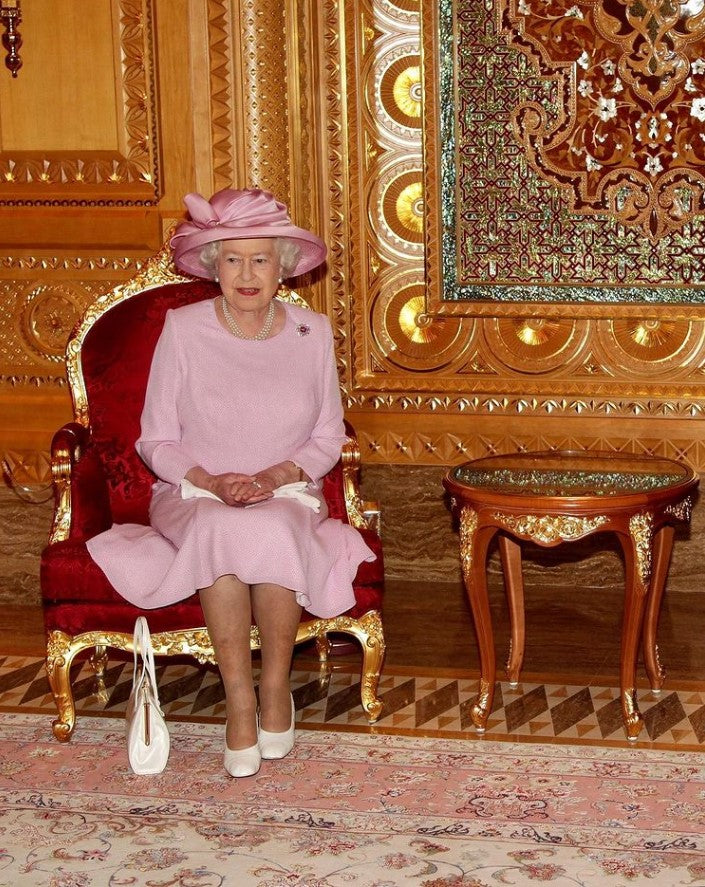Famous Patrons of Persian Silk: From Royal Courts to Modern Icons
Persian silk rugs are more than décor—they are living symbols of prestige. From Safavid palaces to modern museums and celebrity homes, Qom and Kerman silk masterpieces have been chosen by kings, queens, and connoisseurs for their glow, finesse, and timeless elegance.
Why famous ownership matters
- Prestige signal: Royals and curators choose only the finest.
- Proven taste: World-class collections validate quality.
- Confidence to invest: Provenance and patronage support long-term value.
Royal patrons across the centuries
Safavid Iran
- Shah Abbas I (r. 1588–1629)
- Centralized Iran’s silk trade and funded royal ateliers in Isfahan.
- Gifted Persian silks to foreign courts, turning them into global status symbols.
- Why it matters: Established silk as Iran’s signature luxury and financed master craftsmanship.
- Shah Tahmasp I (r. 1524–1576)
- Elevated court taste and workshop standards.
- Why it matters: Laid the foundation for Persia’s silk golden age.
- Later Safavid kings (Suleiman I, Sultan Husayn)
- Continued courtly demand for exquisite silks and velvets.
- Why it matters: Sustained the ecosystem of master weavers and designers.
Qajar Iran
- Fath-Ali Shah Qajar (r. 1797–1834)
- Embraced sumptuous silks and carpets in palaces and portraits.
- Why it matters: Kept luxury weaving central to royal image.
- Naser al-Din Shah Qajar (r. 1848–1896)
- Showcased Persian luxury textiles at international exhibitions.
- Why it matters: Promoted Iranian silk to global audiences.
Pahlavi Iran
- Reza Shah Pahlavi (r. 1925–1941)
- Modernized crafts and standards that supported silk weaving centers.
- Why it matters: Set the stage for Qom’s 20th‑century silk rug rise.
- Mohammad Reza Shah Pahlavi (r. 1941–1979) and Empress Farah Pahlavi
- Promoted Iranian arts worldwide through museums and cultural diplomacy.
- Why it matters: Positioned Persian silk as a modern cultural ambassador.
European and neighboring royal taste
- Ottoman sultans (Topkapı Palace)
- Collected and commissioned Persian silks as elite court textiles.
- Confirms cross‑imperial prestige of Iranian weaving.
- Mughal emperors (India)
- Commissioned Persian-style textiles; Persian artisans worked at the Mughal court.
- Reinforced Iranian silk’s reputation across Asia.
- European royal courts
- Persian textiles and carpets appeared in palaces and treasuries as diplomatic gifts and luxury furnishings.
- Cemented Persian silk as “court‑grade” luxury in Europe.
Queen Elizabeth
- United Kingdom royal settings have long featured Eastern—and often Persian—carpets and silk textiles in state rooms and residences. Specific, public catalog listings linking a Qom or Kerman silk rug directly to Queen Elizabeth II are not widely published; however, Persian carpets are a familiar presence in British royal interiors and in the Royal Collection.
- “Persian carpets and silks have graced British royal residences and state rooms, reflecting centuries of royal taste for Iranian craftsmanship.”
Why Qom silk captivates collectors
- Pure silk glow: Luminous sheen that changes with the light.
- Ultra‑fine detail: Extremely high knot counts for crisp, lifelike motifs.
- Signed masterpieces: Many pieces bear workshop or master signatures sought by connoisseurs.
- Boutique production: Small quantities, often one‑of‑a‑kind showpieces.


0 comments